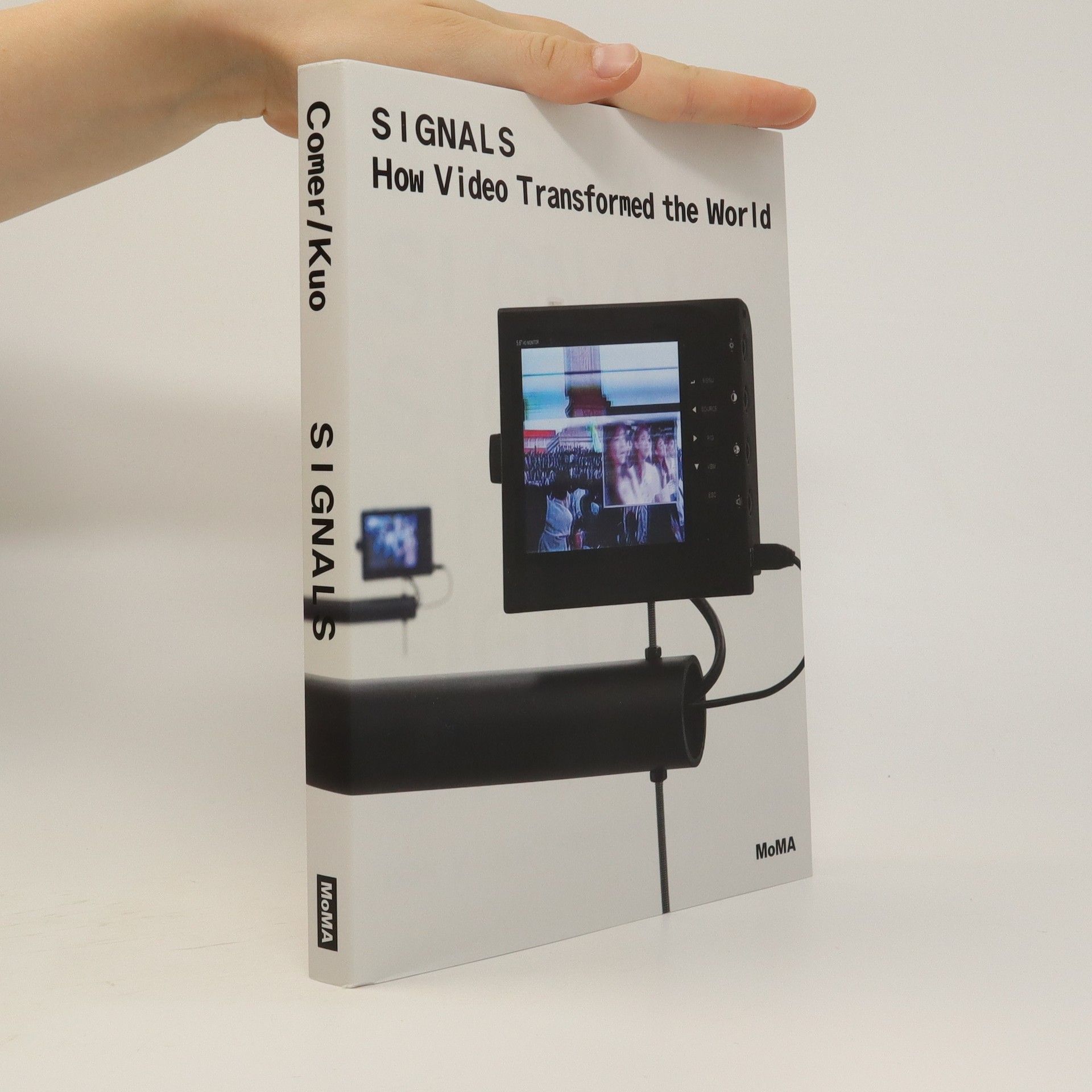Film and Video Art
- 160pages
- 6 heures de lecture
Film and Video Art is an exciting, comprehensive volume that traces the history of artists’ involvement with the moving image from the earliest experiments with film to the latest digital and video streaming techniques on the Internet. Accompanied by striking imagery, leading international critics discuss major developments in the unfolding dialogue between artists and moving image media. Starting with the work of the Lumiere brothers in the late 19th century and progressing through the Surrealist, Dadaist, Russian Constructivist, and Pop Art movements to the prominence of documentary in recent contemporary art and the advent of big-budget art films, this engrossing and thorough survey is an invaluable resource. Major artists featured include Luis Buñuel, Man Ray, Douglas Gordon, Bruce Nauman, Sam Taylor-Wood, Richard Serra, and Andy Warhol.

